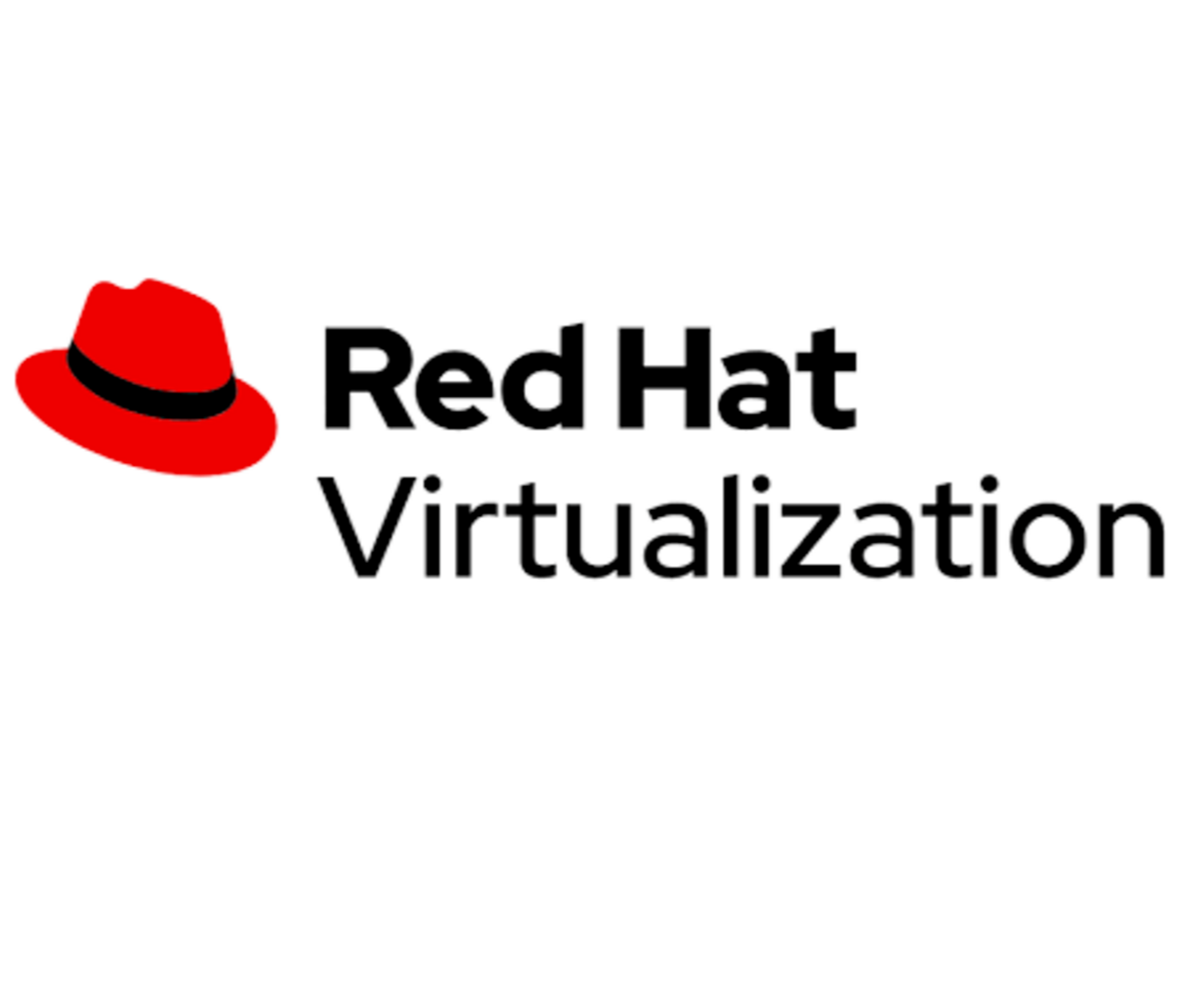The landscape of virtualization solutions is evolving rapidly, prompting organizations to critically assess platforms like Red Hat Virtualization (RHV) and VMware. While VMware has historically dominated this space, recent developments, such as the acquisition by Broadcom, have caused disruption and prompted enterprises to reconsider their virtualization strategies. About a month after the Broadcom acquisition closed, significant changes including layoffs, the end of perpetual licenses, and termination of partner agreements with VMware resellers and service providers have led to increased costs and uncertainty for many customers.
Understanding Red Hat Virtualization
Red Hat Virtualization (RHV) emerges as a compelling alternative, built on open-source technologies like Kernel-based Virtual Machine (KVM) and backed by Red Hat’s commitment to open-source principles. RHV offers enterprises a robust platform for creating and managing virtualized environments, combining the flexibility of open-source with enterprise-grade reliability and support.
Cost Efficiency and Open-Source Advantage
RHV’s open-source foundation significantly reduces licensing costs, contrasting with VMware’s proprietary model and recent price escalations following the Broadcom acquisition. This cost efficiency allows organizations to optimize resource allocation while maintaining access to essential features and performance.
Seamless Integration within the Red Hat Ecosystem
RHV integrates seamlessly with Red Hat Enterprise Linux (RHEL) and OpenShift, facilitating a unified IT environment that enhances interoperability and simplifies management tasks. In contrast, VMware’s recent disruptions have highlighted potential integration challenges and increased complexity for organizations relying on proprietary solutions.
Flexibility, Scalability, and Security
RHV offers unparalleled flexibility and scalability, supporting features like live migration and high availability clustering that ensure operational continuity and adaptability to evolving business needs. With robust security measures including SELinux integration, RHV provides a secure virtualization environment compliant with industry standards, addressing critical security concerns amidst escalating cyber threats.
Community Support and Innovation
As an open-source platform, RHV benefits from a vibrant community driving continuous innovation and enhancement. This collaborative ecosystem ensures rapid development cycles, delivering new features, performance improvements, and security updates in response to evolving market demands. VMware’s proprietary development model, affected by recent disruptions, may limit agility and responsiveness to industry shifts and customer feedback.
Migration Considerations
For enterprises currently navigating VMware’s post-acquisition challenges, migrating to RHV offers strategic advantages. Red Hat provides comprehensive migration tools and support services, facilitating a smooth transition that leverages RHV’s cost-effective licensing, enhanced flexibility, and seamless integration capabilities within the broader Red Hat ecosystem.
Conclusion
In conclusion, while VMware remains a stalwart in virtualization solutions, recent disruptions following the Broadcom acquisition underscore the importance of evaluating alternative platforms like Red Hat Virtualization. By choosing RHV, enterprises can capitalize on cost efficiency, open-source advantages, robust integration capabilities, and a vibrant community-driven ecosystem that fosters innovation and responsiveness. Whether migrating from VMware or selecting a new virtualization platform, RHV positions organizations to navigate digital transformation initiatives confidently and sustainably in today’s competitive landscape.
Red Hat Virtualization represents not just a technological shift but a strategic decision to future-proof IT infrastructure, enhance operational resilience, and maximize business value amidst evolving industry dynamics. Embracing RHV aligns organizations with open-source principles, driving innovation and enabling agile responses to emerging challenges and opportunities in the digital era.
At LinProfs, we understand the complexities of transitioning to new virtualization platforms. If you’re considering Red Hat Virtualization as an alternative to VMware, our team of experts is here to guide you every step of the way. We offer tailored solutions, migration support, and ongoing assistance to ensure your IT infrastructure is optimized for success. Contact us today to learn how we can help you make the switch smoothly and effectively.



Comments are closed